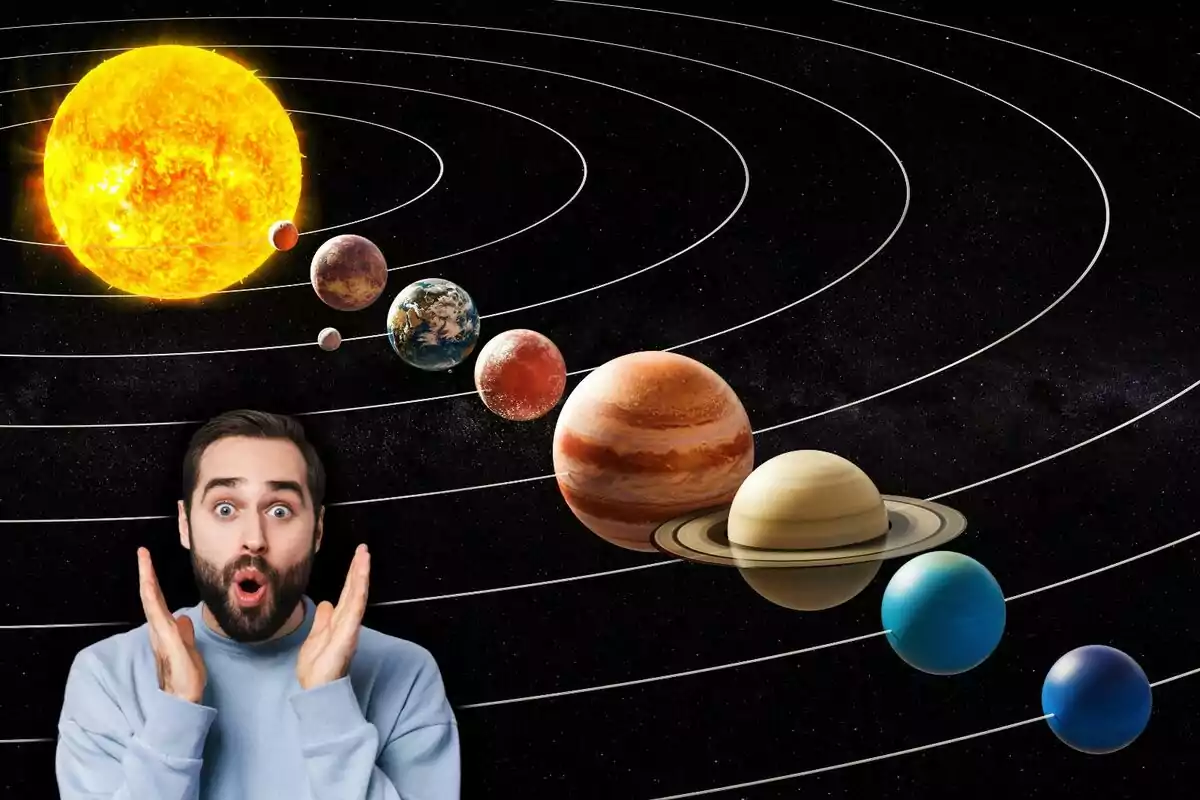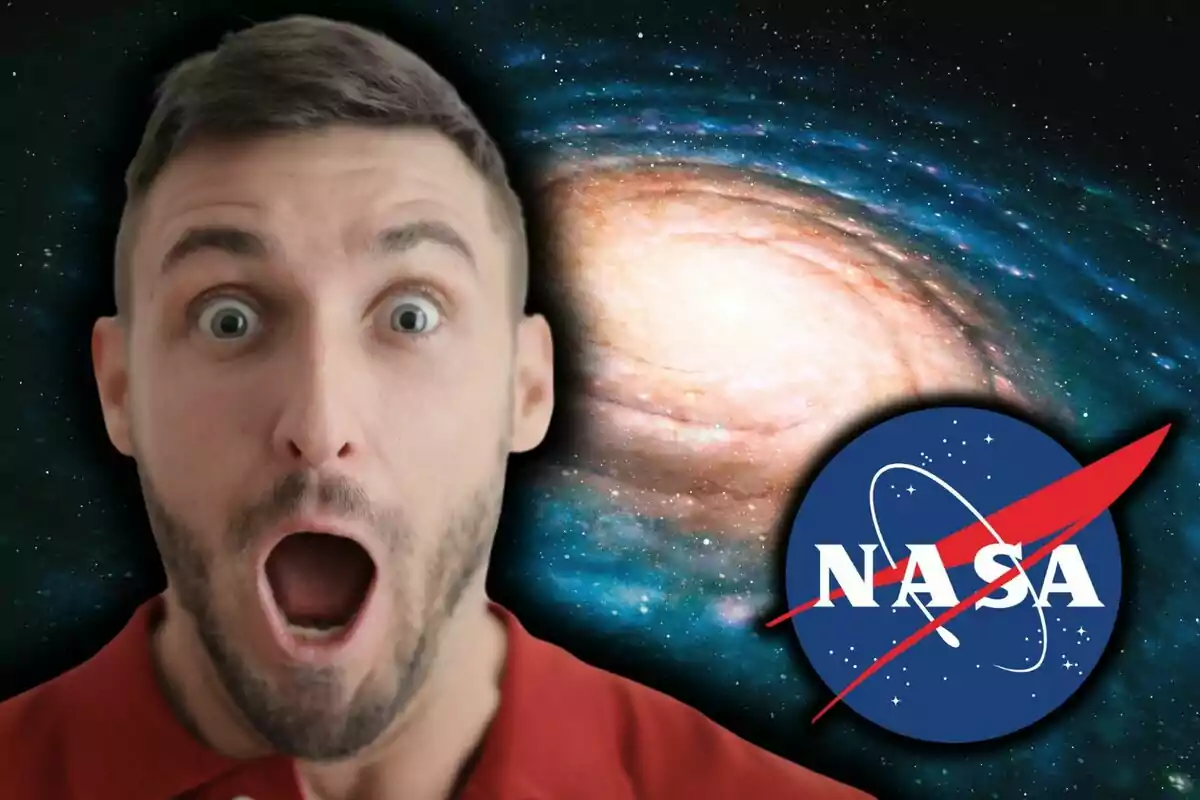The July 2025 sky is preparing an astronomical spectacle for us that doesn't happen every year. NASA has confirmed that in just a few days, the brightest planets in the solar system, along with an iconic constellation, will be perfectly aligned to be seen without telescopes. If you've never taken the time to observe the night sky, this is a great moment to start.
A planetary dance with the naked eye
Throughout the month, several planets will align at different times of the day. Mercury, for example, will be visible just after sunset. It's small and elusive, but with some patience, you'll be able to see it in the west about 30 minutes after sunset.
Soon after, Mars will appear in the sky. Although its brightness won't be as intense as at other times, it's still easy to distinguish by its reddish hue. On the 28th, it will be especially striking: the Moon will be very close to Mars, creating a picture-worthy scene.

The giants of the sky at dawn
While some planets hide with the Sun, others awaken at dawn. Venus, the brightest in the morning sky, will shine intensely before sunrise. Its light stands out even from large cities; you just need a spot with a good view to the east.
Starting in the middle of the month, Jupiter will also join the spectacle, appearing in the eastern sky just before sunrise and becoming more visible each day. If you get up even earlier, Saturn will be high in the southern sky. Although it doesn't look as bright as Venus or Jupiter, its presence is unmistakable if you use binoculars or an app to locate it.
A tribute from the stars
July also has symbolic value. This month marks 60 years since the Mariner 4 probe from NASA managed to fly by Mars for the first time, in 1965. It was the first spacecraft to send real images of another planet; that moment forever changed our view of space.
Today, six decades later, observing Mars from Earth feels like a simple yet powerful way to connect with that historic past.

The eagle constellation and some tips
In addition to the planets, there's a stellar figure that will take center stage: the Aquila constellation, also known as the Eagle. Its main star, Altair, is part of the famous Summer Triangle along with Vega and Deneb. Altair is easy to find because of its brightness, and the stars around it outline the shape of a bird in flight.
NASA recommends observing this constellation in the second half of the month, when the Moon doesn't light up the sky as much.

